New legislation provides a legal framework for assessment and cleanup of 189 named chemicals
The Indian government has introduced new legislation – the Environment Protection (Management of Contaminated Sites) Rules, 2025 – to tackle chemically contaminated sites across the country. The rules sit under the Environment Protection Act and provide a legal framework to address various issues related to sites contaminated by chemicals – from fixing liabilities and outlining remediation requirements to establishing roles and responsibilities of various private and public authorities.
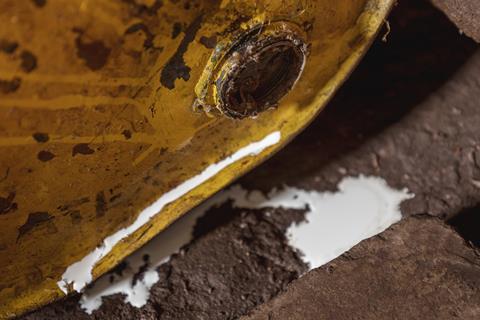
The Central Pollution Control Board defines contaminated sites as those where hazardous and other wastes have been dumped historically, resulting in contamination of ground and surface water, soil etc that threatens human health and the environment. They include landfills, dumps, waste storage and treatment sites, spill sites and chemical waste handling and storage sites. Several such sites are long-abandoned and were contaminated when there were no regulations to tackle hazardous wastes. In others, the polluters have either shut their operations for good or remediation may be beyond their financial or technical capacity.
Under the new rules the district authorities would regularly prepare reports on suspected contaminated sites. An expert board would initiate preliminary assessment within 90 days and a detailed survey would follow, if found contaminated. They would also identify and calibrate levels of chemical contamination with 189 hazardous chemicals listed in the existing Hazardous and Other Wastes (Management and Transboundary Movement) Rules of 2016. If safety levels are exceeded, then the sites would be publicly identified and restrictions placed on their access. Although the rules define some timelines for assessments, they do not set out timelines for completing any necessary remediation.
The board would also identify individuals or agencies responsible for any contamination and fix financial and criminal liabilities. If the costs are beyond the liable parties’ means, then the central and state authorities would share clean-up costs.
To avoid duplication, the new rules do not cover radioactive waste, mining operations, marine pollution by oil or oily substances or solid waste dump sites, as these are already covered under other legislation.
‘The new rules present very progressive legislation, which is progress in the right direction,’ says environmental lawyer Gopal Krishna, founder of non-profit Toxics Watch. ‘The rules were long due, but their scope is limited to only 189 hazardous chemicals. It has missed the opportunity to provide an inventory of all the hazardous chemicals and minerals which are used, emitted and transported in the country,’ he says. In October 2003, the supreme court had ordered the preparation of a national inventory of hazardous waste generation and dump sites, as well as creation of a policy on hazardous waste landfills, shipbreaking and related activities, but this has not been complied with, he says.
The authorities have so far identified 196 potentially contaminated sites across India – of which 103 are confirmed, while investigations are ongoing for the other 93. Remediation measures have only been initiated for 7 sites, although ten more have completed project reports for action.
Beyond these numbers, no more details are available for these sites in the public domain. One of the most notable and persistent chemically contaminated sites is the contentious Union Carbide factory site and surrounding areas in Bhopal – where remediation liability wranglings have been mired in controversy for 40 years. Incineration of 337 tonnes of toxic waste from the site was completed at Pithampur in June – but the latest challenge will be heard in Madhya Pradesh high court in mid- September. Citizen groups have complained to the state government about unsafe incineration practices and accused it of clearing only a minuscule fraction of the contaminated site in Bhopal while the final fate of the incinerated waste – now amounting to 900 tonnes – is still not clear.
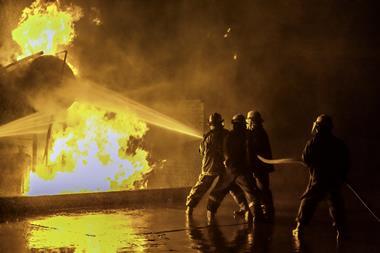





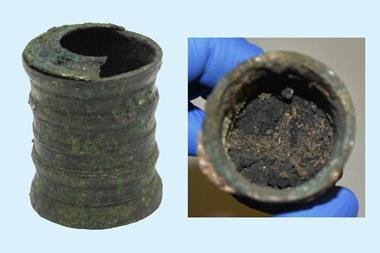
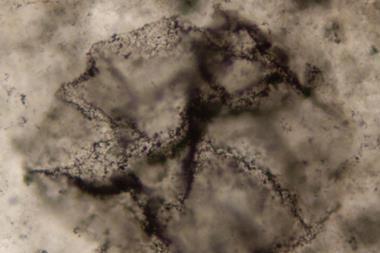


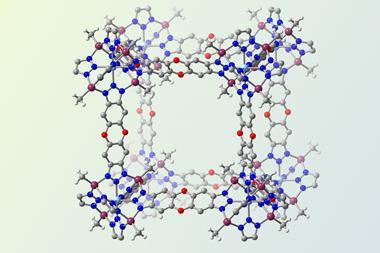
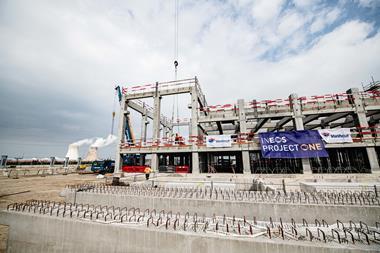
No comments yet